Chinese forms the second largest group of Sarawak's population after the main Iban tribe.
"Chinese pioneers first came to Sarawak as traders and explorers in the 6th century. The Sarawak Chinese belong to a wide range of
dialect groups, the more significant ones being Foochow,
Hakka,
Hokkien, Teochew,
Hainanese,
and Puxian
Min." (wikipedia)
In Kuching
Main Bazaar, opposite the Waterfront, is the oldest street in the city and the heart of old Kuching. It has some superb examples of Chinese shophouse architecture, many of which have been occupied by the same family for generations. These families still pursue traditional occupations such as tin-smithing, carpentry and petty trading. Kuching’s highest concentration of antique and handicraft shops are to be found here, and shoppers can rest between bargaining sessions in a number of old-fashioned coffee shops with panelled walls and marble-topped tables.
Main Bazaar, opposite the Waterfront, is the oldest street in the city and the heart of old Kuching. It has some superb examples of Chinese shophouse architecture, many of which have been occupied by the same family for generations. These families still pursue traditional occupations such as tin-smithing, carpentry and petty trading. Kuching’s highest concentration of antique and handicraft shops are to be found here, and shoppers can rest between bargaining sessions in a number of old-fashioned coffee shops with panelled walls and marble-topped tables.
 |
| Main Bazaar |
 |
| Carpenter Street |
 |
| Guan Thian Siang Ti Temple |
 |
| Kueh Seng Onn Temple |
The ornately decorated Tua Pek Kong Temple is located on Jalan Tunku Abdul Rahman, opposite the Waterfront, and is the oldest Chinese temple in Kuching. It is believed to date from 1843, although official records only recognize its existence since 1876. The Wang Kang festival to commemorate the dead is held here.
 |
| Tua Pek Kong Temple |
The Chinese History Museum is situated on the Waterfront opposite the Tua Pek Kong temple. It traces the history of the Chinese community in Sarawak. Exhibits include the early trade routes, initial migration from various regions of China, geographical distribution, the early pioneers, traditional trading activities, the formation of trade and community associations, political history and the involvement of the Chinese community in modern, multi-racial Sarawak.
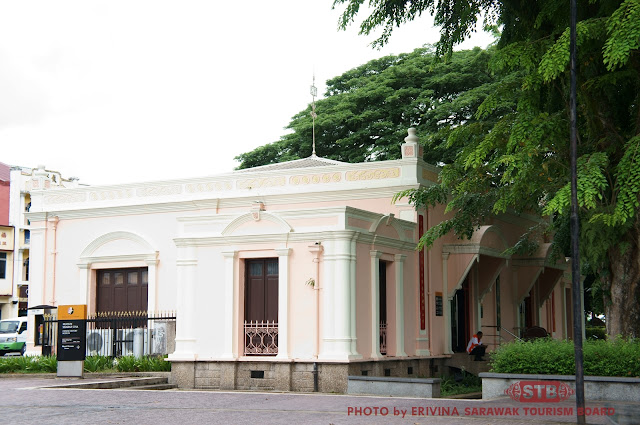 |
| Chinese History Museum |
Jalan Padungan is lined with Chinese shophouses, mostly built in the 1920’s and 30’s during the rubber boom. Some are very elegantly decorated, and a walk round the back of the buildings can reveal fascinating architectural details. The area has some excellent coffee shops and restaurants, more handicraft shops and some unusual specialist retailers. The Great Cat of Kuching, a monumental kitsch statue, is situated at the junction of Jln Padungan and Jln Central. It celebrates the major festive seasons of the various ethnic group by wearing their traditional costume; a pet (pun intended) project of Kuching City South Council
 |
| Jalan Padungan |
In Sibu
The residents of Sibu
are predominantly Foochow Chinese, originating from the Fuzhou
region of southern China,
and the town is often referred to as New Fuzhou.
Sibu’s transformation
began in 1901 with the arrival of Foochow settlers from southern China, led by
the Reverend Wong Nai Siong. Rev. Wong was a Methodist missionary who sought to
find a safe haven for his followers, who were subject to religious persecution
in China.
Rev. Wong petitioned Charles Brooke, the second White Rajah of Sarawak, who
gladly offered land in the Lower Rejang area in order to develop Sarawak’s agriculture. The first batch of 72 pioneers
arrived in 1901, and by 1903 over 1,000 Christian Foochow had made their homes
in Sibu. They were later followed by a sizable group of Henghuas and Cantonese
during the 1st World War period.
 |
| Wong Nai Siong Memorial Garden |
The early Chinese settlers planned to cultivate rice, but
soon found that the soil was unsuitable for profitable rice farming and turned
their attention to pepper, rubber and gambier (a sticky resin formerly used in
place of rubber).
Tua Pek Kong Temple & Goddess of Mercy Pagoda, the 100-year
old Tua Pek Kong Temple (Jln
Temple) is the oldest and
best preserved Chinese temple in Sibu. The
adjacent 7-storey Goddess of Mercy (Kuan Yin) Pagoda was added in 1987, and is
said to be one of the most perfectly proportioned pagodas outside Mainland China.
 |
| Sibu Tua Pek Kong Temple & Goddess of Mercy Pagoda |
Sungai Merah Heritage Walk, the site of the earliest Chinese settlements in Sibu, Sungai Merah (Red River) is an old bazaar about 10 minutes by road from the town centre. The area has recently been restored and landscaped, with a pleasant walking trail along the river front (the water really is red, changing occasionally to yellow!) which leads through a quaintly landscaped park to the Wong Nai Siong Memorial Garden (see pic), erected in honour of the town’s principal founder and featuring a bronze statue of the missionary leader.
 |
| Sungai Merah Heritage Walk |
There are a number of potteries around Sibu which produce excellent quality wares in traditional Teochew Chinese styles, albeit with strong local influences.
In Miri
Chinese labourers came to Miri to work in the coalmines and oilfields. These labourers were mainly Hakka and Cantonese, with a smaller number of Teochews and Hainanese.
Chinese labourers came to Miri to work in the coalmines and oilfields. These labourers were mainly Hakka and Cantonese, with a smaller number of Teochews and Hainanese.
Miri Old Town is a narrow warren of streets
crammed with tiny shops selling a huge variety of goods, from Chinese funeral
supplies to hi-tech electronics, as well as some of the most traditional and
original coffee shops in town. The Old
Town is gradually being
renovated, street-by-street, but the architectural style and layout is being
carefully preserved.
Tua Pek Kong temple at Jalan Bendahara is dedicated to the deity most beloved by overseas Chinese. According to local legend, work started in the temple in 1913, in order to give thanks to the deity for helping to end a mysterious epidemic.
 |
| Miri Tua Pek Kong temple |
The San Ching Tian temple (Jalan Krokop 9) is the largest Taoist temple in Southeast Asia. The superb red roof, elegant lotus design motifs and the delightful wind chimes make this a very impressive place to visit.
Till today the Sarawak Chinese still maintain their heritage and culture, celebrating all the major cultural festivals, such as the Chinese New Year and the Hungry Ghost Festival. You can witness all these wonderful happenings here in Sarawak... where adventure lives.
 |
| Mooncake Festival at Carpenter Street Kuching |
By: Erivina Jihel
Sarawak Tourism Board














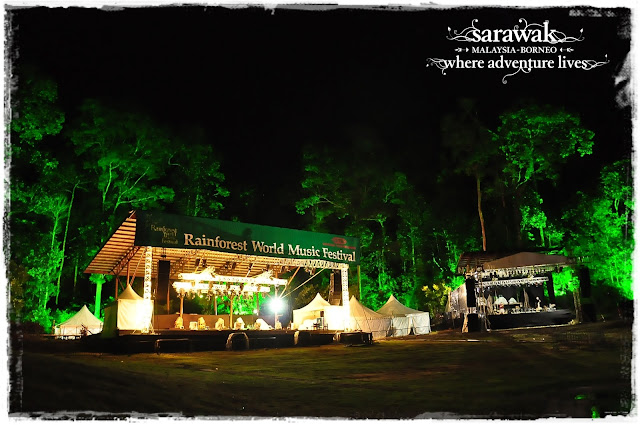
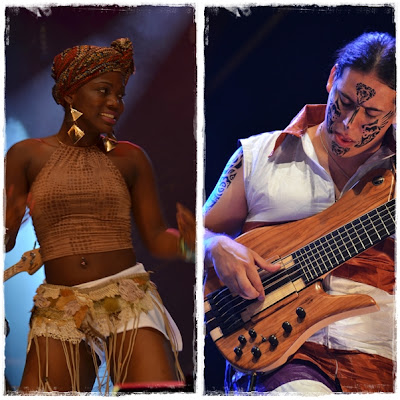
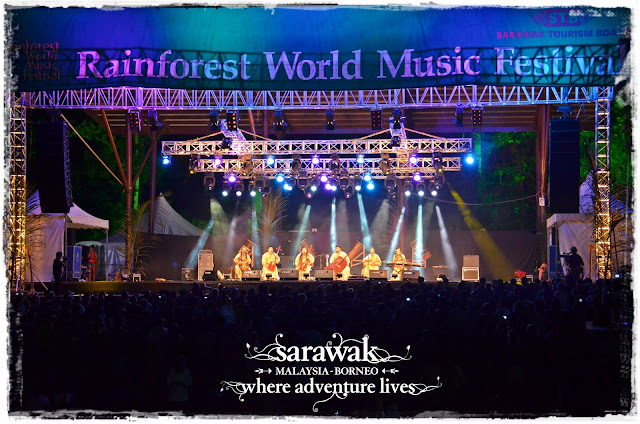
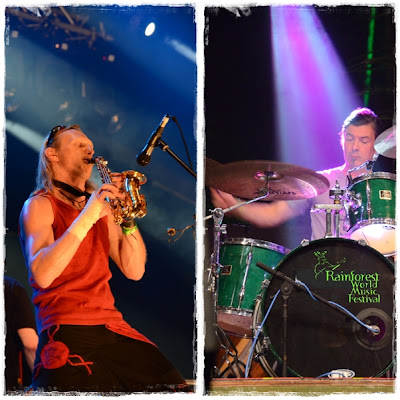




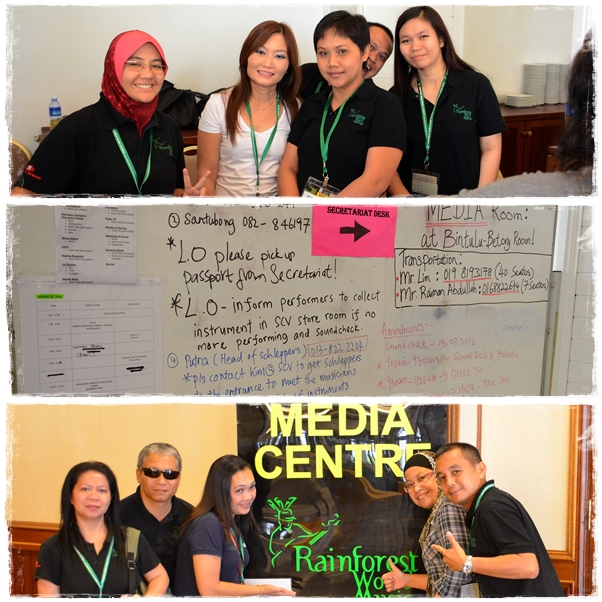











.JPG)


